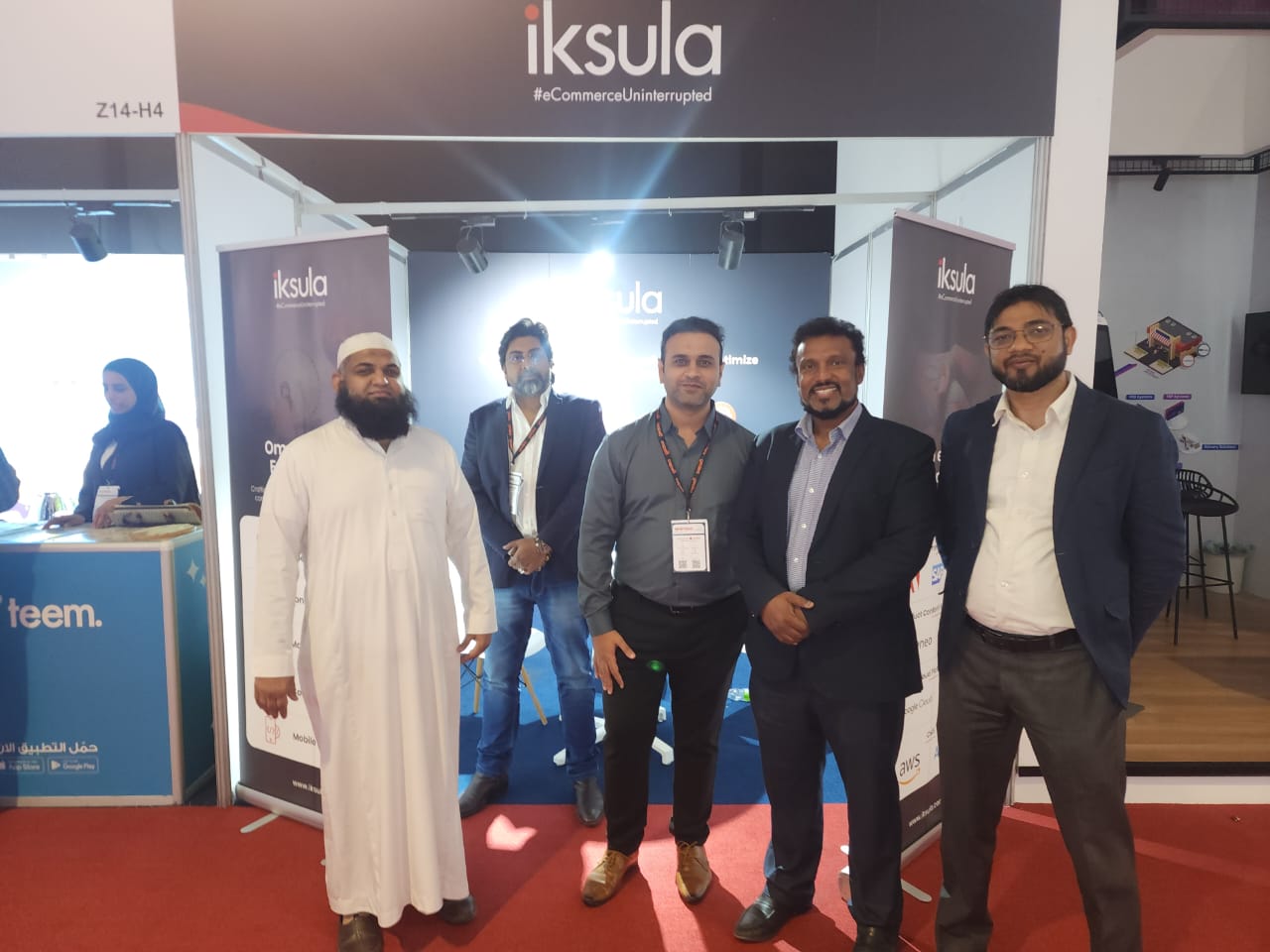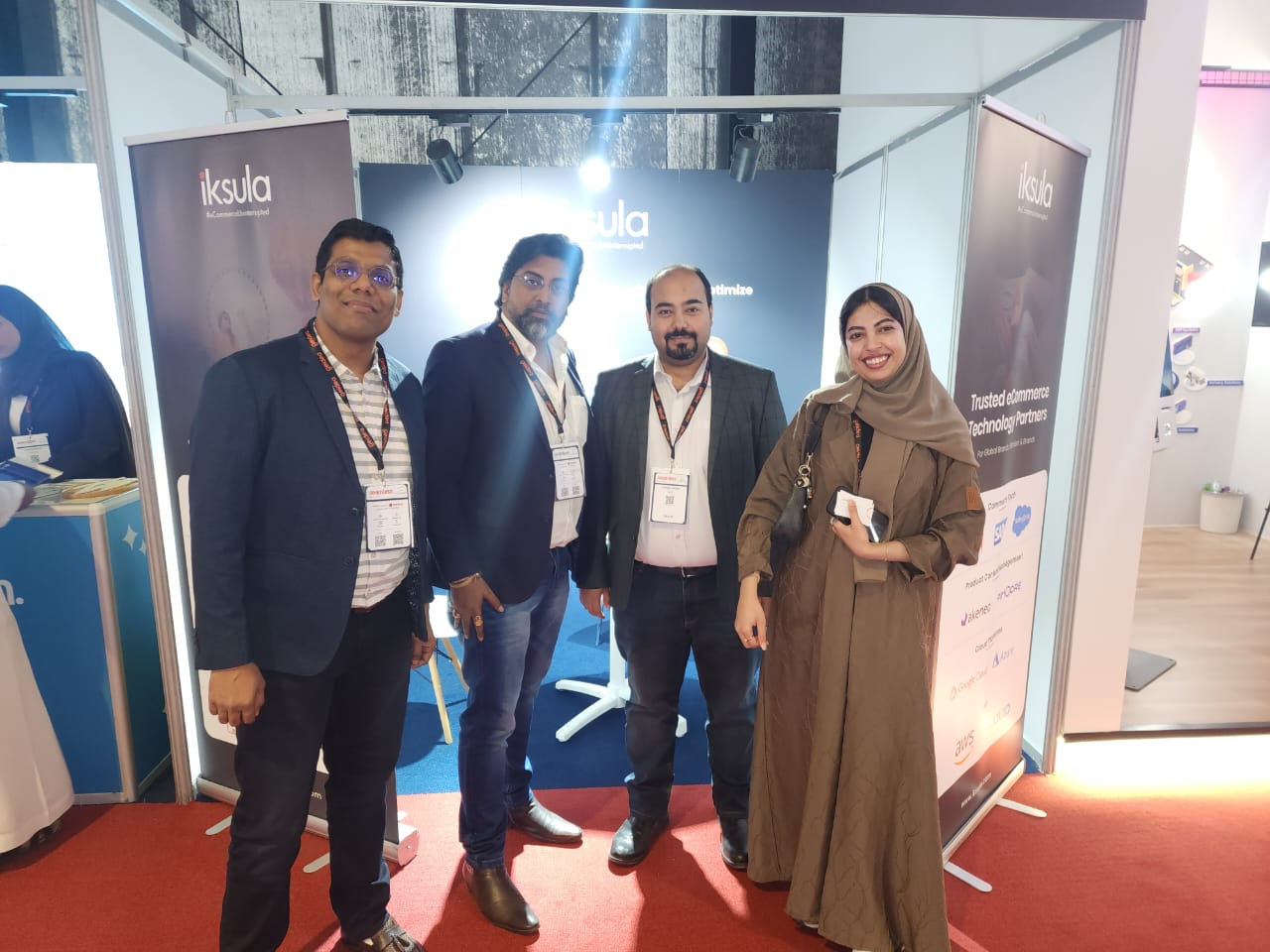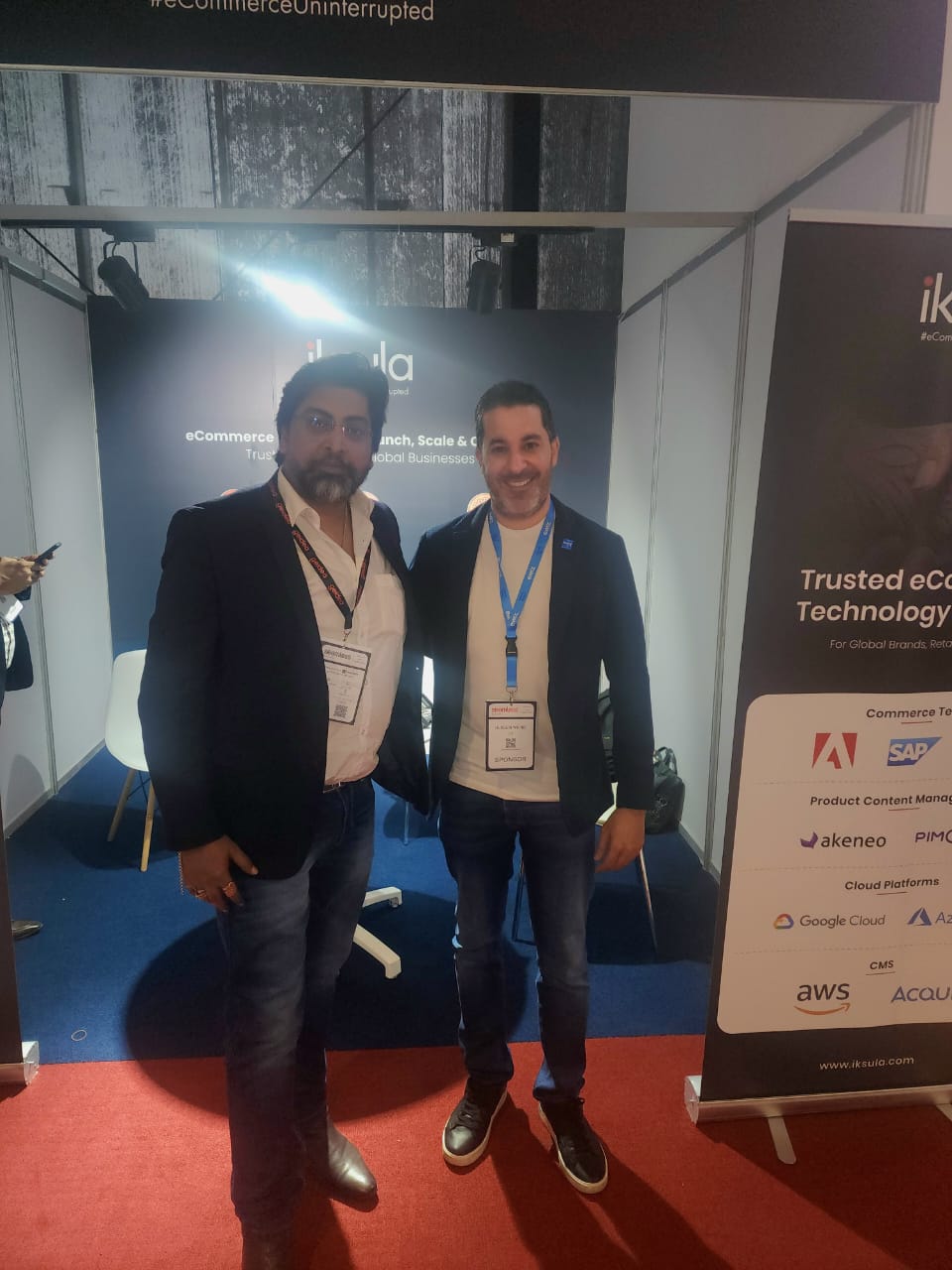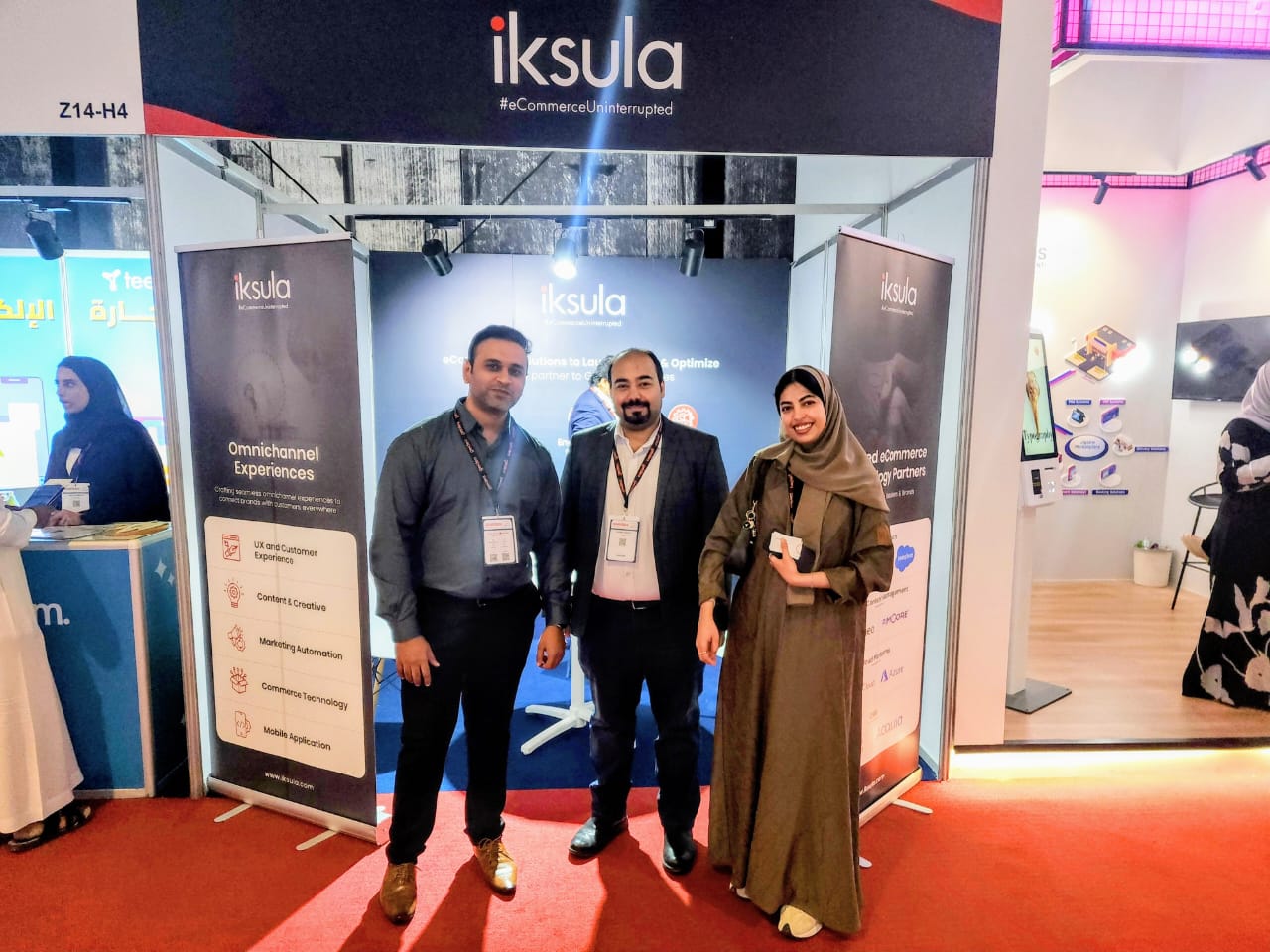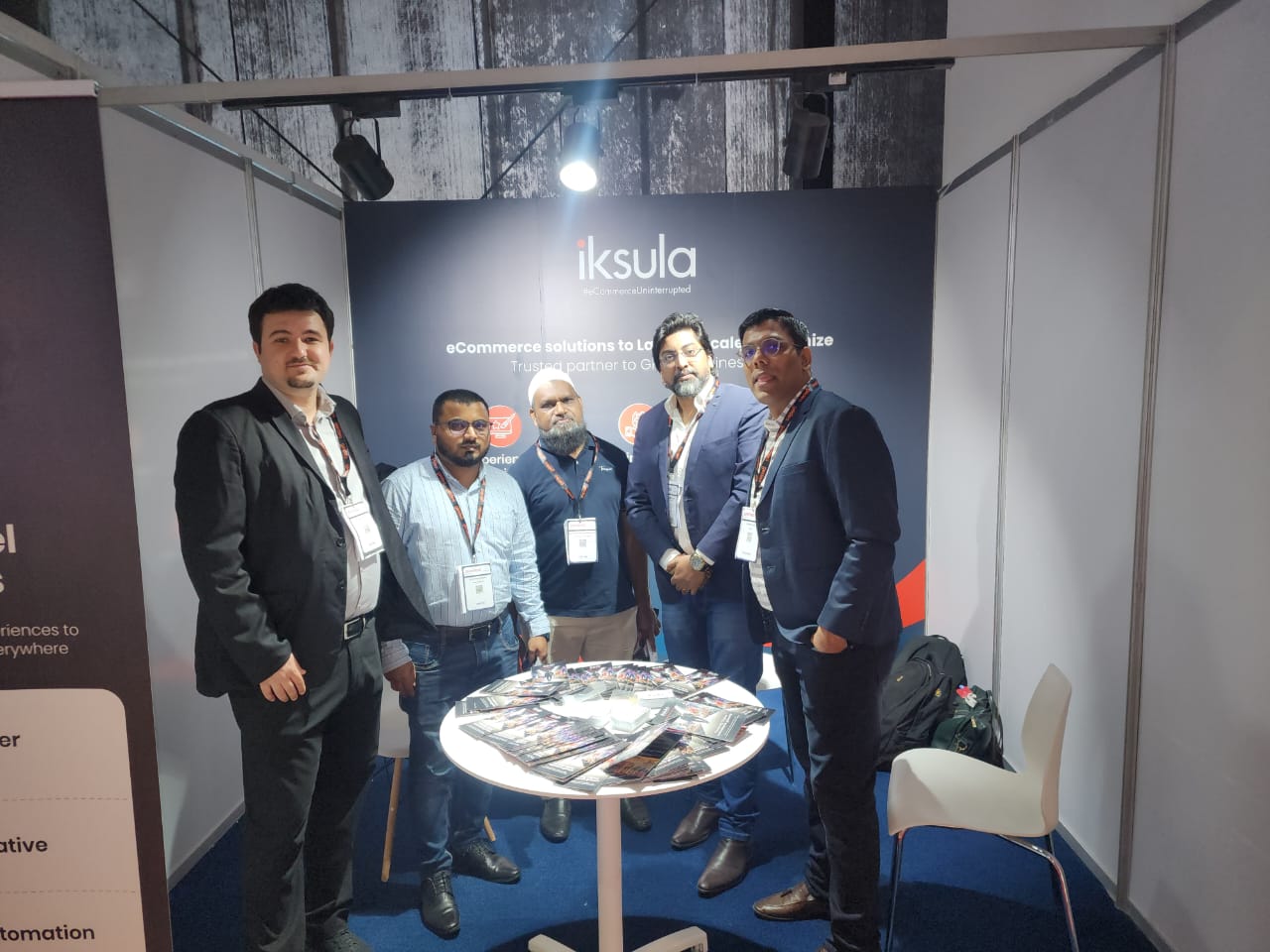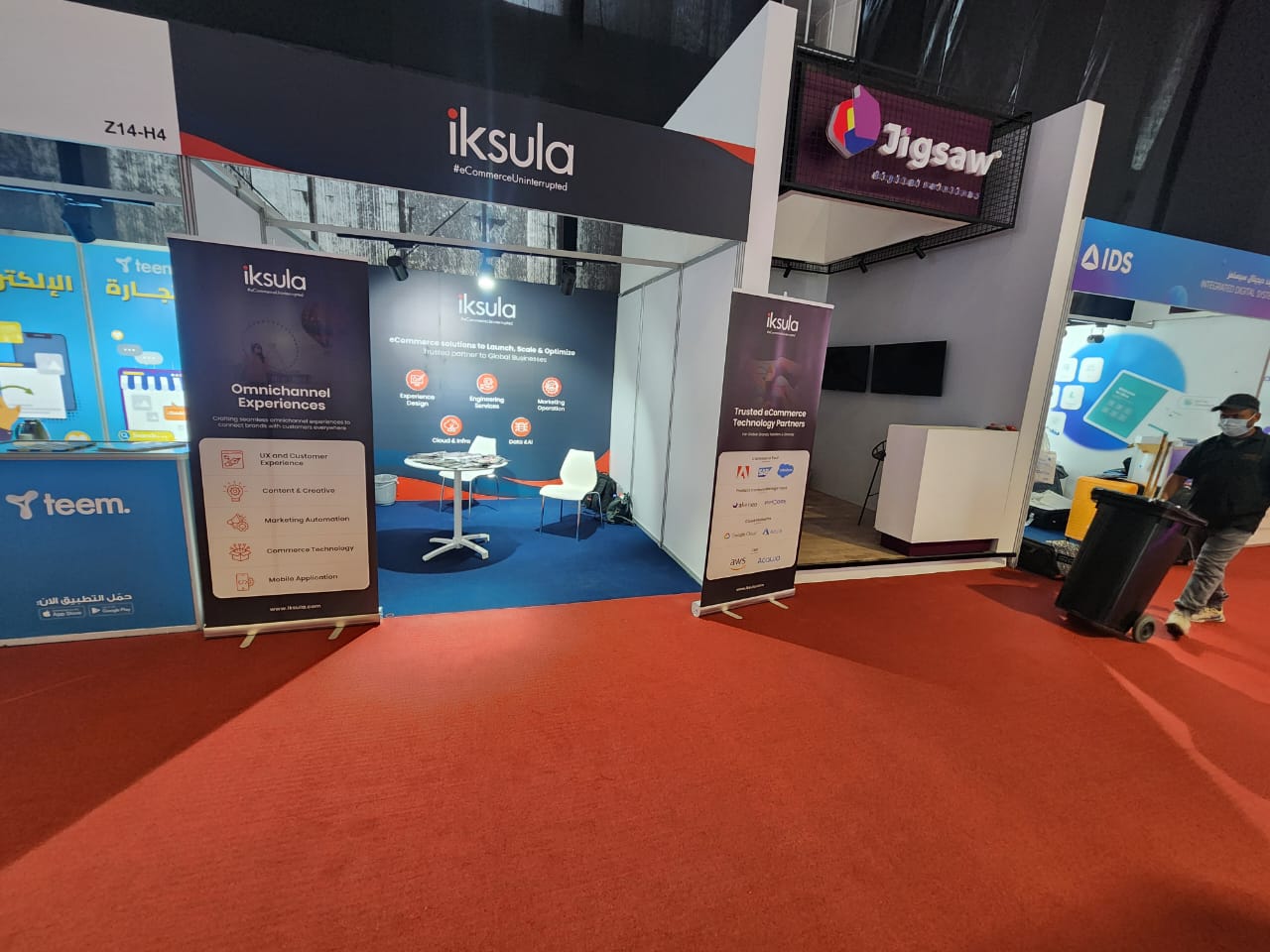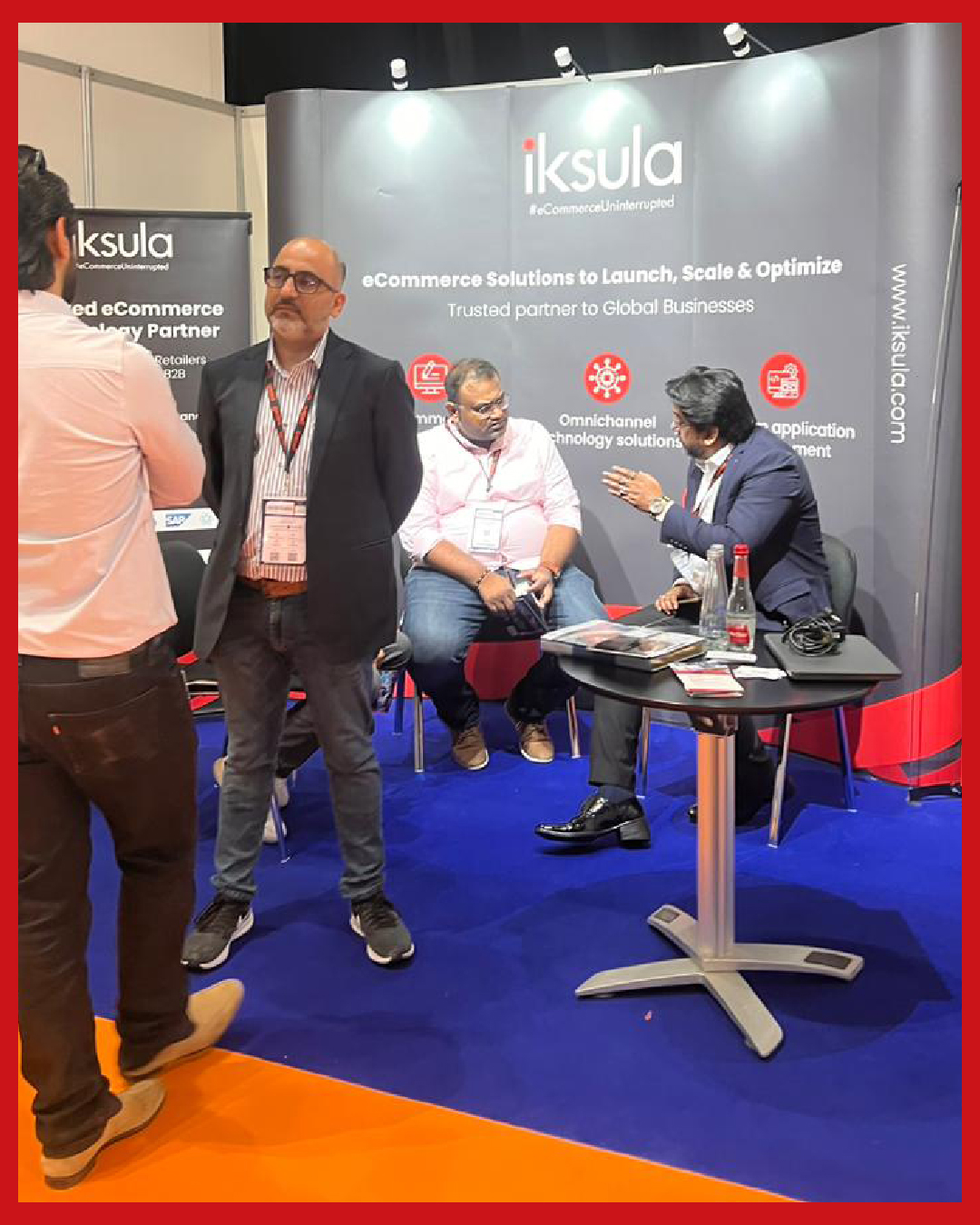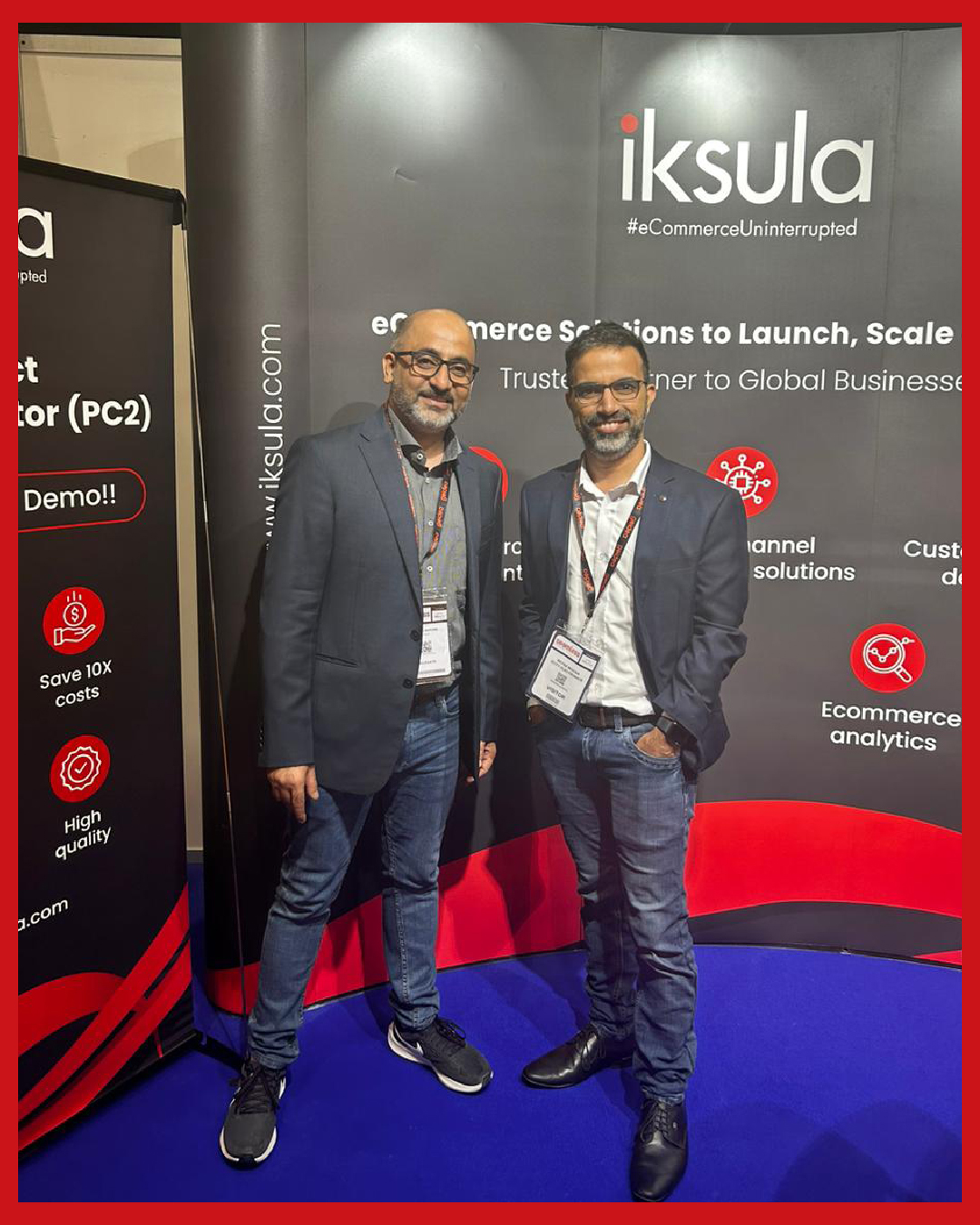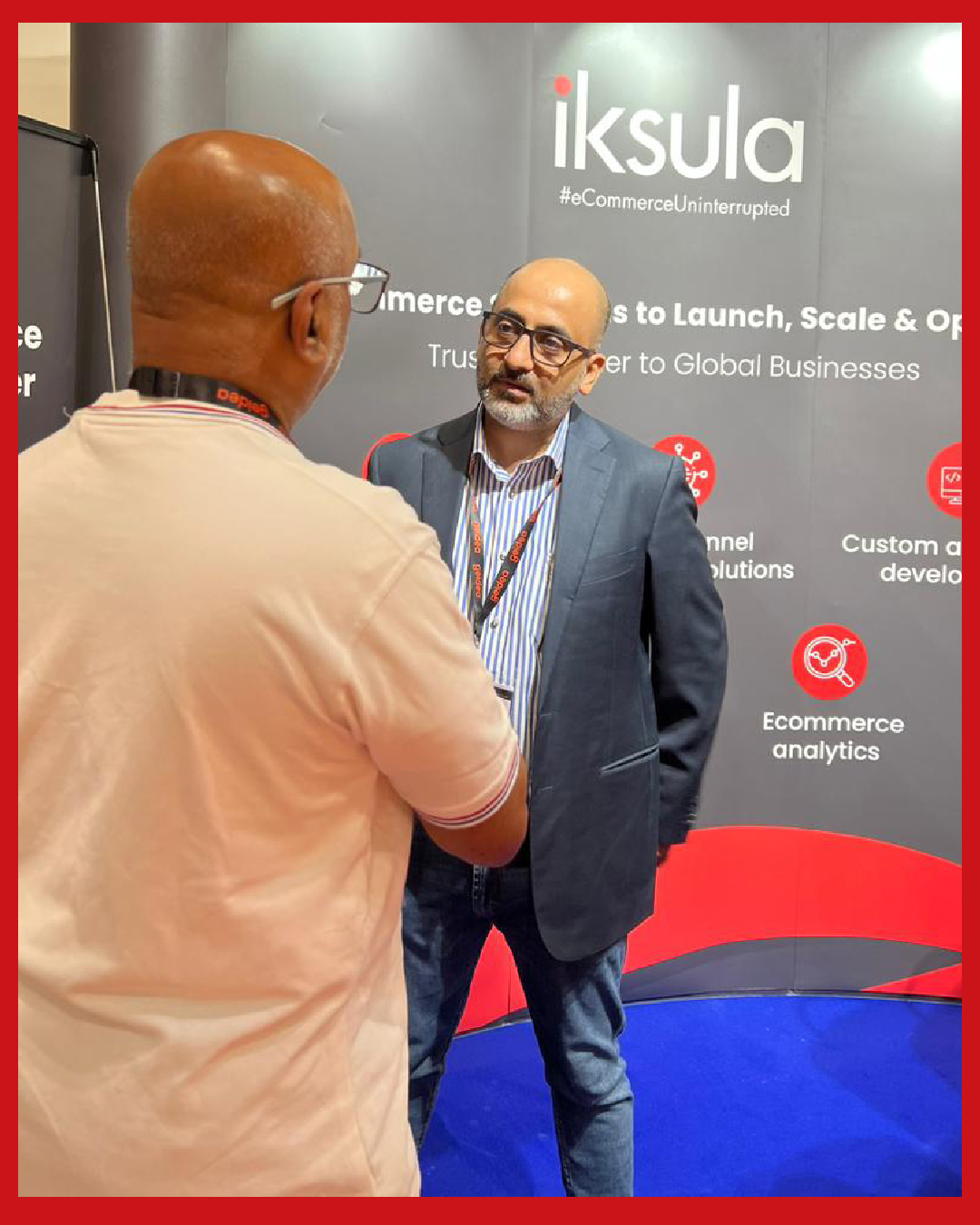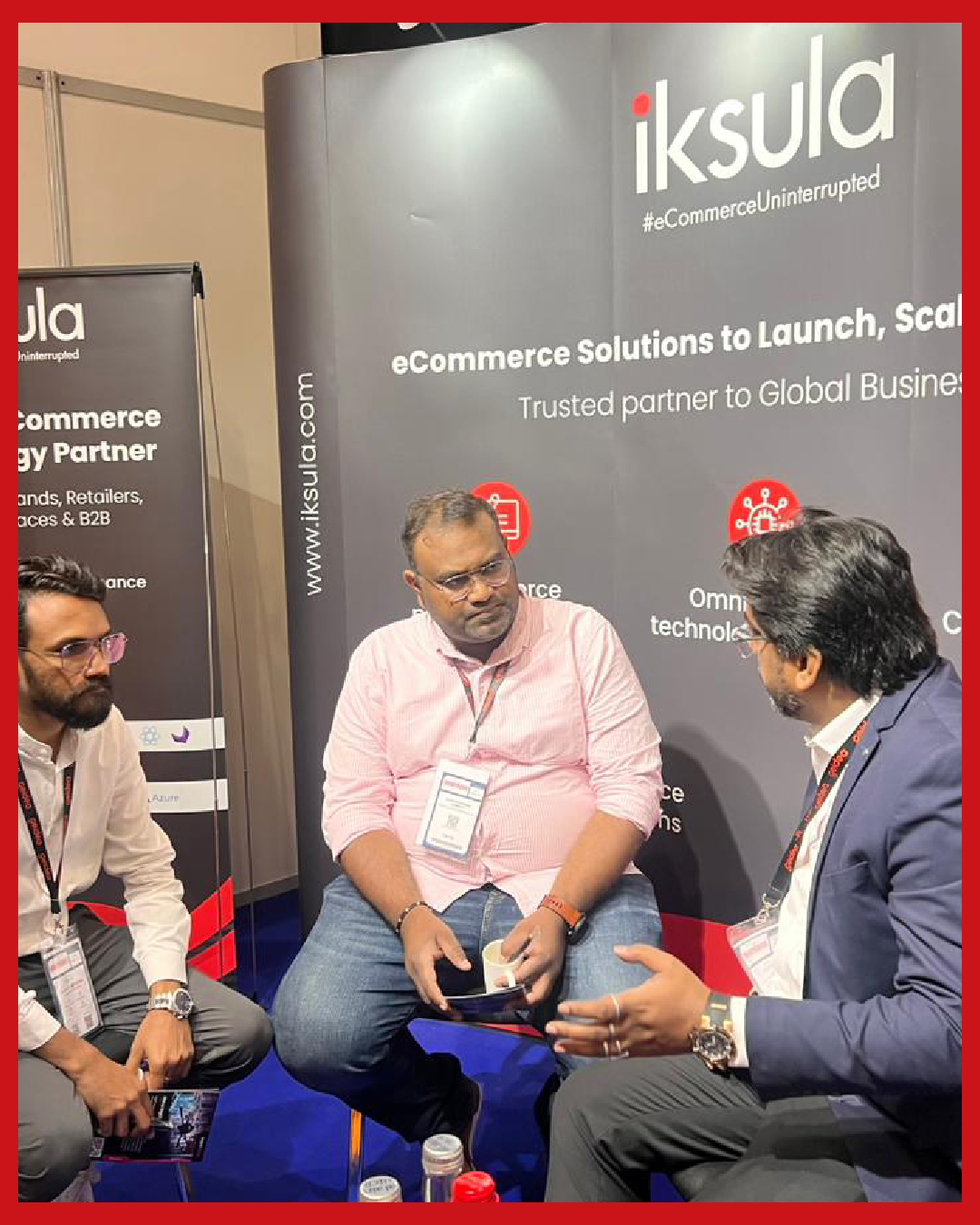What if your company’s most valuable asset was also its biggest liability?
For a Fortune 500 retailer in North America, this was more than a hypothetical — it was an everyday reality. Despite massive investments in data infrastructure — from cloud warehouses and PIM systems to analytics dashboards — decision-making remained painfully slow. Merchandising and pricing teams debated which reports were accurate. Forecasts from different departments contradicted each other. Compliance checks often added days to deployment cycles.
The problem wasn’t a lack of data — it was a lack of trust in the data.
This is the new paradox of the digital age: enterprises must move faster than ever while maintaining accuracy, compliance, and control. In a world where decisions increasingly fuel AI models, pricing strategies, and predictive forecasting, companies can’t afford inconsistent, unreliable, or poorly governed data.
And this is where Modern Data Governance becomes not just a necessity — but a competitive advantage.
Why Traditional Data Governance Falls Short
Data governance is the discipline of ensuring data is accurate, secure, consistent, and usable across the organization. It defines how data is collected, who owns it, who can access it, and how it should be used — ensuring that everyone is working from the same version of the truth.
But traditional governance models were designed for a different era — one where data lived in a few centralized systems, updated in batch jobs, and accessed by a small group of analysts. In today’s reality of cloud-native platforms, streaming pipelines, and AI-driven decision-making, that approach simply doesn’t scale.
Common failure points include:
- Fragmented data sources: CRM, ERP, PIM, eCommerce, and analytics platforms each contain conflicting versions of product and customer data.
- Manual oversight: Human approvals create bottlenecks and introduce errors
- Slow response times: Insights take days or weeks to reach decision-makers.
- Compliance gaps: Regulations like GDPR and CCPA require precision manual workflows can’t deliver
- Business-IT silos: Teams work with different data definitions and governance standards.
The result? Enterprises either lock data down so tightly that innovation stalls or loosen control so much that they expose themselves to compliance and security risks.
The answer is a new model — one that integrates automation, accountability, and intelligence into governance itself.
Modern Data Governance: Freedom with Guardrails
Modern Data Governance flips the traditional model. Instead of restricting data, it enables data to flow quickly, confidently, and securely — delivering freedom with guardrails.
This approach leverages automation, AI, and DataOps principles to embed governance into the fabric of data operations. It ensures that data is always accurate, trusted, and ready for analytics and decision-making, without slowing down business velocity.
And enterprises are realizing this shift is mission-critical:
- According to a 2025 survey by Precisely, 71% of organizations now have a formal data governance program — up from 60% in 2023.
- Over 75% of data leaders now cite “data quality improvement” as their top governance objective — ahead of compliance and cost reduction.
This isn’t about compliance anymore — it’s about competitive advantage.
The Iksula Model: Four Pillars of Modern Data Governance
At Iksula, we help enterprises build governance frameworks that balance agility with trust — ensuring data fuels decision-making, AI, and business growth without becoming a bottleneck.
Our Modern Data Governance Framework is built on four integrated pillars:
- Unified Data Architecture & Ownership
We design scalable, cloud-native data architectures on platforms like Snowflake, Databricks, and BigQuery to create a single source of truth. Every dataset — whether product master, pricing data, or transactional history — has defined ownership, lineage, and access policies.
Impact: Eliminates conflicting versions of truth and enables faster, more confident decisions across teams.
- AI-Powered Metadata & Data Quality Management
We use machine learning to automatically tag, monitor, and validate data across the enterprise. Anomalies, duplicates, and missing values are flagged and resolved before they reach analytics workflows.
Impact: Predictive models and dashboards are built on reliable data, reducing downstream errors and rework.
- Policy Automation & Compliance-by-Design
We embed rule-based workflows directly into data pipelines. Encryption, access control, masking, and retention policies are enforced automatically, ensuring compliance with GDPR, HIPAA, SOC2, and regional data laws.
Impact: Compliance shifts from a manual burden to a built-in feature — no more fire drills before audits.
- Continuous Governance Through DataOps
We integrate governance into the CI/CD cycle for data — applying automation, version control, and continuous monitoring. Governance evolves alongside data pipelines, keeping pace with changing business needs.
Impact: Governance becomes invisible yet omnipresent — powering rapid innovation without risk.

Case Study: How Item Data Governance Transformed Analytics for a Fortune 500 Retailer
One of the most common (and overlooked) challenges in retail analytics isn’t model accuracy — it’s data reliability. And nowhere is this more evident than in item data governance.
When Iksula partnered with a Fortune 500 North American retailer in the apparel sector, their core issue wasn’t infrastructure — it was inconsistent, incomplete, and duplicated SKU data across systems. Product attributes, pricing details, and assortment metadata varied by region and platform. As a result:
Merchandising and pricing teams had 8–10% variance in SKU-level demand forecasts
AI models struggled to recommend optimal assortments due to missing attribute data.
Launching new products across channels required 10–14 days of manual enrichment and compliance checks.
We deployed a modern item data governance layer built on the four-pillar framework — including AI-driven data quality validation, attribute standardization, and automated enrichment pipelines. The results were transformative:
Results:
40% faster product onboarding and enrichment cycles
25% improvement in forecast accuracy for SKU-level demand
30% reduction in AI model training errors caused by inconsistent attribute data
90% fewer data-related issues flagged during internal audits
This case illustrates a critical truth: governance isn’t just about compliance — it’s the foundation of high-quality analytics, pricing optimization, and predictive intelligence.
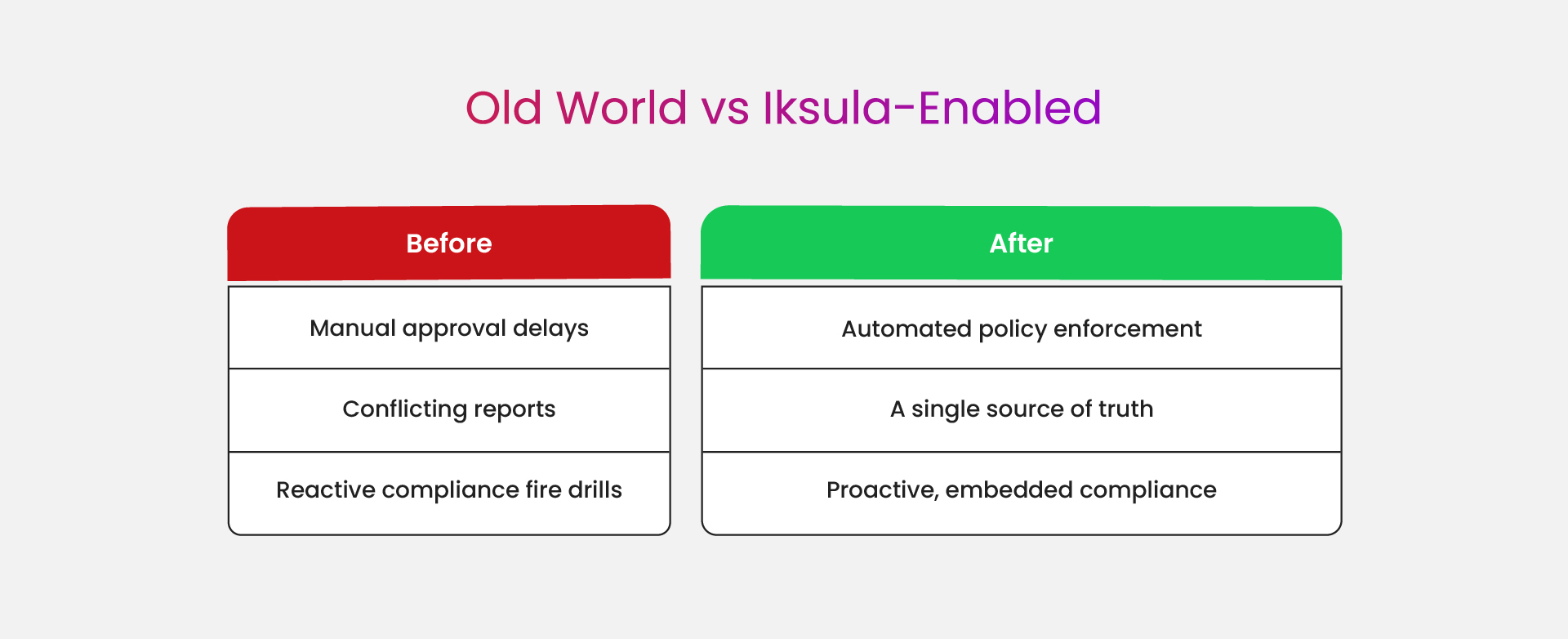
Business Outcomes of Modern Governance
When governance is modernized and automated, the business impact is measurable and immediate:
Faster Insights: Teams can trust the data they use, accelerating analysis and decision-making
Consistent Analytics: Unified item data eliminates discrepancies across dashboards and reports
Compliance Assurance: Automated enforcement reduces risk and audit overhead
Operational Efficiency: Less manual cleaning, more time focused on insights
AI & Predictive Power: High-quality, governed data enables more accurate models and forecasts.
How Iksula Enables Modern Governance
Iksula brings together data engineering, governance strategy, and AI automation to help enterprises build trust into their data ecosystem from day one.
Engineering Depth: We design governed, scalable data pipelines that grow with your business.
AI-Driven Automation: Our proprietary engines handle anomaly detection, deduplication, and enrichment automatically.
Best-of-Breed Integration: We work seamlessly with Databricks Unity Catalog, Snowflake Governance, Collibra, and other enterprise platforms.
Business-Aligned Frameworks: We tailor governance to strategic goals — from assortment intelligence to audit readiness.
With Iksula, governance isn’t a checkbox — it’s a growth enabler.
Conclusion – Where Agility Meets Trust
In today’s data-driven world, the choice between speed and control is a false one. Modern Data Governance, powered by AI, automation, and DataOps, lets you have both — and turns data into a strategic asset instead of a liability.
For enterprises that master this balance, the payoff is enormous: faster insights, more accurate forecasts, smarter AI models, and greater confidence across the organization.
At Iksula, we help businesses achieve exactly that — embedding governance into every stage of the data lifecycle, and transforming raw data into a foundation for innovation and growth.
Because real agility isn’t just about moving fast — it’s about moving fast on trusted data.
Ready to transform your data governance from a bottleneck into a competitive advantage? Schedule a free, 30-minute Data Governance Strategy Session with our experts. We’ll review your current data landscape and provide a customized roadmap to achieve agility with control.
Schedule Your Free Session Now
At Iksula, we help enterprises redefine governance through automation, AI, and scalable data engineering. Explore our AI-Enabled Data Services to see how we modernize enterprise data ecosystems.











